So Tel Arad National Park is one of Israel’s most significant archeological sites! This stunning, ancient city holds thousands of years of cultural and religious history that is fascinating to learn about and explore. Come on a private tour with me to embark on an adventure through time as I explain Tel Arad’s history and take you through the remaining beauty. Join me on a private tour of Tel Arad, and I will make this visit a real experience.

Brief History of Tel Arad National Park
During the Early Canaanite period, known as the Bronze Age (3100-2950 BCE), Arad was the only big city in the Negev. The original city was divided into zones, with public buildings in one area and residential buildings in another, surrounded by a thick wall. This early city was an urban center focused on farming, hunting, art, and trade. Tel Arad’s most notable exports to Egypt were olive oil and asphalt, made of materials from the Dead Sea and used in mummification.
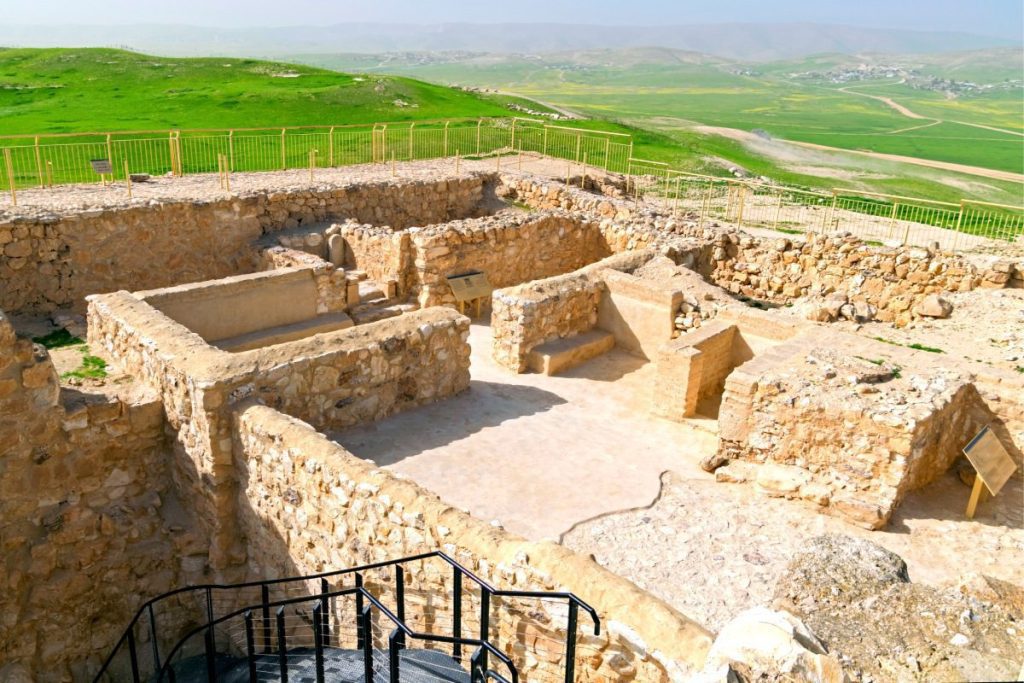
A Sudden Destruction of the City
For many years, this ancient city thrived. Then, for some unknown reason, it was abandoned in 2600 BCE and remained untouched for 1500 years until the Israelite period when settlers moved to the land again. Due to its strategic importance in the following centuries, the Israelite fortress was destroyed and rebuilt six times as different civilizations conquered the land. It wasn’t until the early Arab period, the 8th century CE, that Tel Arad was permanently abandoned until excavations began in the 1960s.
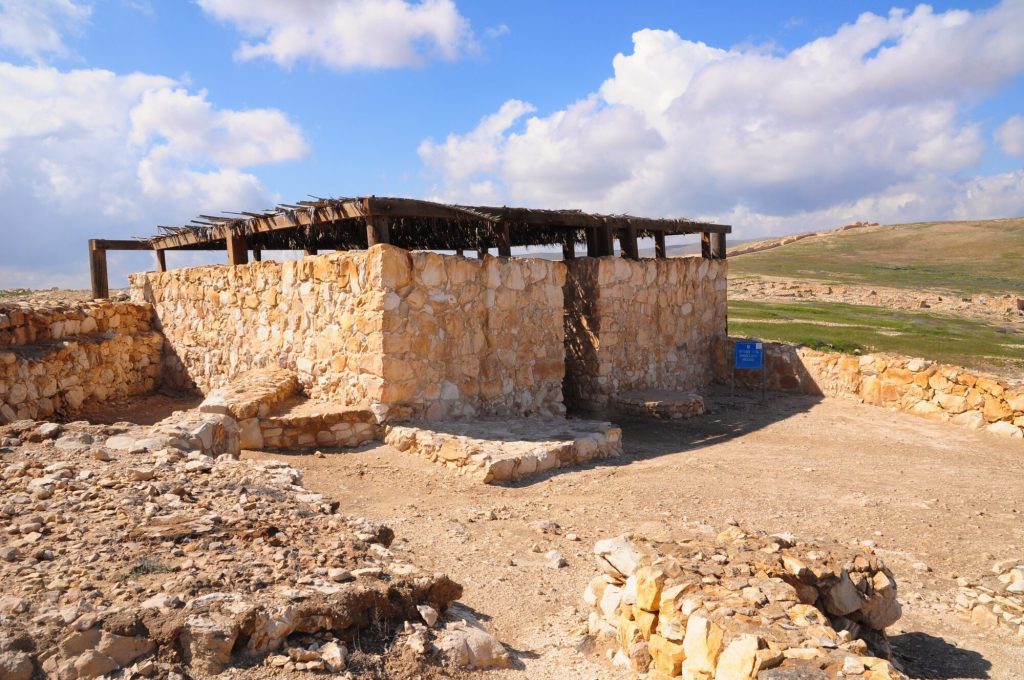
What Is Left Today?
So, unlike many archaeological sites where you will only find piles of rubble, you can still see much of what the city of Tel Arad was like during the Canaanite and Israelite periods. The outlines of the water reservoir, residential homes, palaces, temples, and fortification walls from the Canaanite period are still visible.
Walking along the paths trodden for thousands of years, it is easy to imagine how early civilization used to function. Moreover, it is almost as if you can sense the ancient citizens of Tel Arad going about their daily chores and praying at the temples.
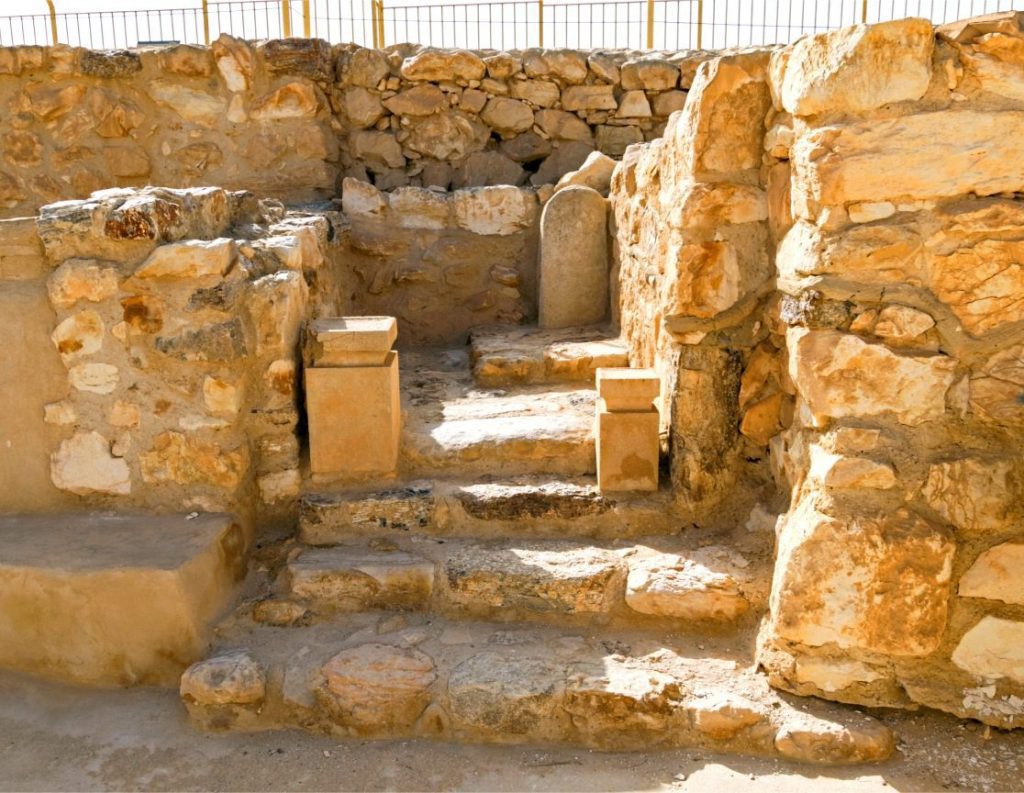
From the Israelite period, the temple, water facility, rebuilt fortress, and the Elyashiv House remain standing and available for exploration. The Elyashiv House is essential as it is where an ancient archive of great historical significance was discovered.
Arad Ostraca
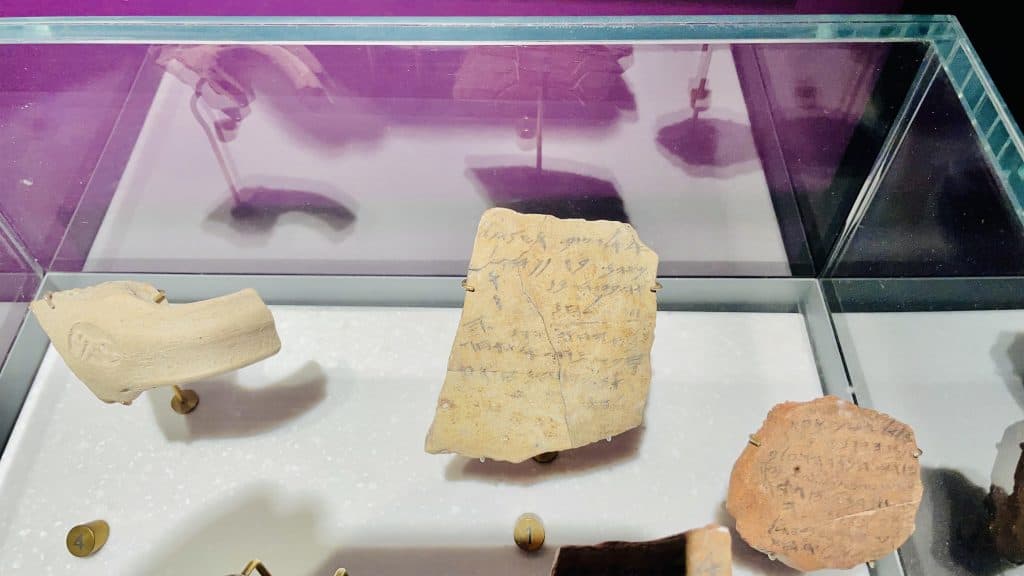
This archive contained ostraca in various languages, including 100 in Hebrew—about 85 in Aramaic, and even a few in Greek. Seventeen of the Hebrew inscriptions were addressed to Elyashiv, who was thought to be the fortress’s commander from the time of King Jehoiakim.
So I am adding a link here for Nature and Park Authority about Tel Arad National Park.
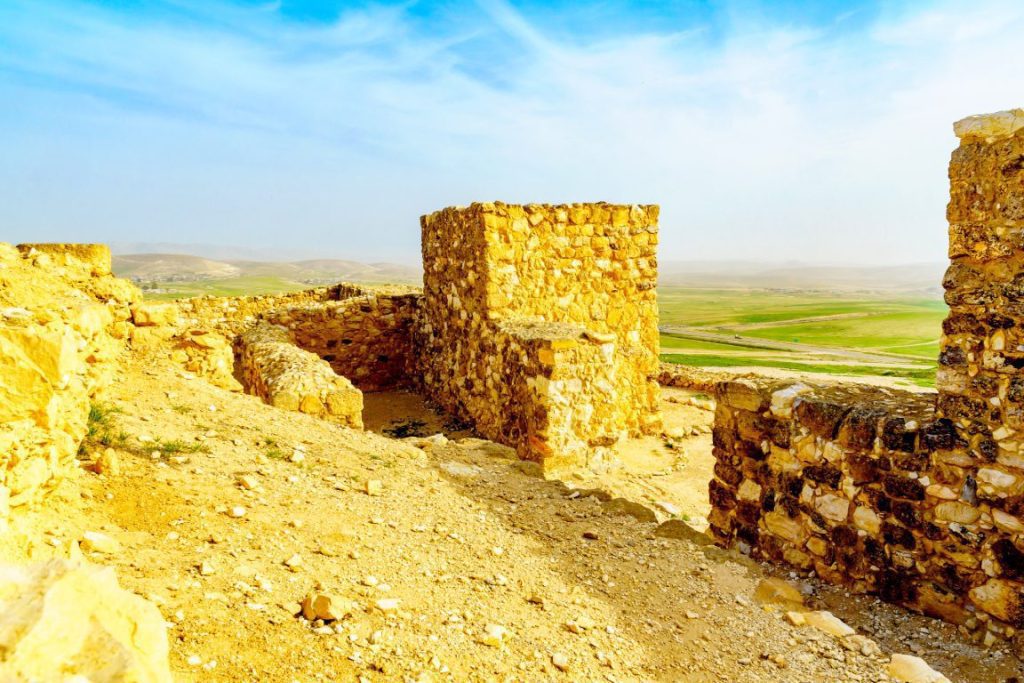
A Private Tour of Tel Arad
So, a guided Tour of Tel Arad is akin to being transported back in time. It is a journey appreciated by those with religious affiliations and those fascinated by archaeology and how culture has been shaped. So get in touch today! To get an early bird quote and begin creating a vacation of a lifetime.
On my private tours of Tel Arad, I tend to my client’s most minor needs, like water in the car. And making sure they are feeling good and under some shade and simply making them happy. I hope to hear from you soon!
How Does An Archaeological Tel is Formed?
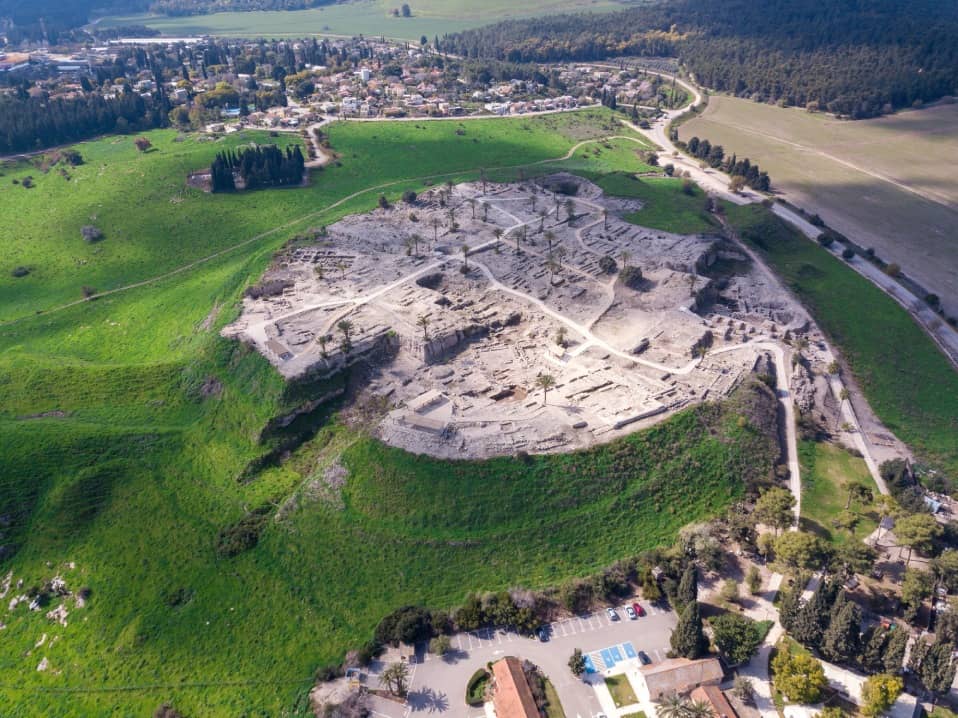
Tel Arad National Park Operating Hours:
Summer hours: Sunday–Thursday and Saturday: 17:00 – 08:00
Friday and holiday eves: 16:00 – 08:00
Winter hours: Sunday–Thursday and Saturday: 16:00 – 08:00
Friday and holiday eves: 15:00 – 08:00 Holiday eves: 13:00 – 08:00
Yom Kippur eve: 13:00 – 08:00
Phone: (00)972-(0)8-6992447

